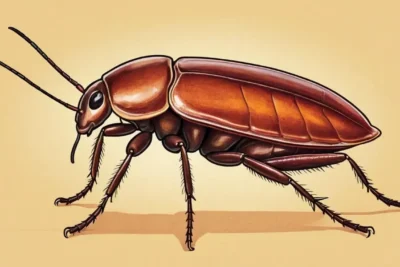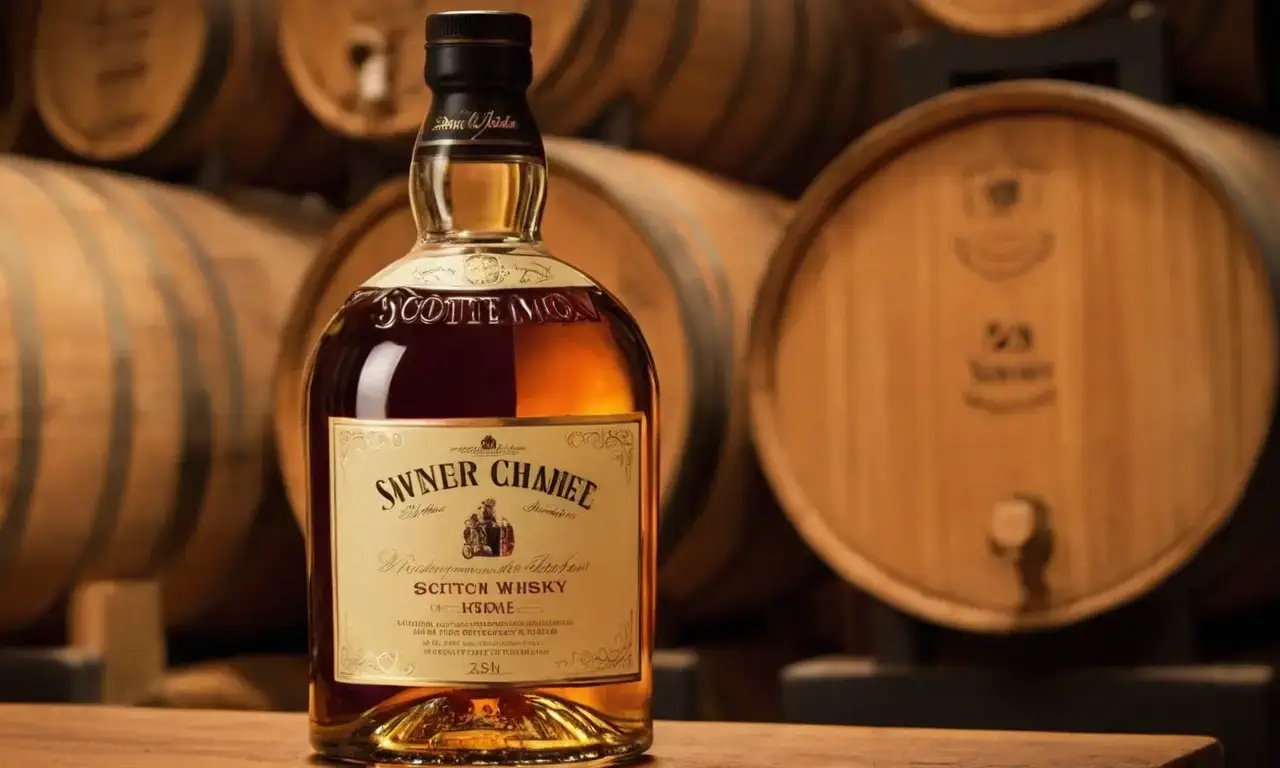
Scotch Whisky: Unique Characteristics and Regional Flavors

Scotch whisky is a distinct type of whiskey that originates from Scotland, boasting its own unique characteristics that set it apart from other types of spirits. The world of scotch is rich in history, tradition, and flavor profiles that are shaped by the region's climate, soil, and production methods. Unlike bourbon, which must be made in the US with at least 51% corn and aged in new charred oak barrels, scotch is made from malted barley matured in oak barrels for a minimum of three years. This fundamental difference gives scotch its distinct flavor profile that is often associated with smoky notes.
The allure of scotch whisky lies not only in its taste but also in the rich cultural heritage surrounding it. From the rolling hills of the Highlands to the rugged coastlines of Islay, each region contributes uniquely to the character of the final product. The art of distillation has been perfected over centuries, with many distilleries passing down their techniques from generation to generation. This blend of tradition and innovation makes scotch a fascinating spirit for both enthusiasts and newcomers alike.
Unique Characteristics
The what makes a scotch unique is deeply rooted in its production process. Scotch whisky is made from malted barley that has been dried over peat fires, imparting the distinctive smoky flavor that many associate with this type of whiskey. This process not only adds depth to the spirit but also contributes to the rich history and cultural significance of scotch. The use of peat in the malting process gives scotch a distinct character that is often described as earthy or mossy, setting it apart from other types of whiskey.
Another key characteristic of scotch is its aging process. Unlike some whiskeys that are aged for shorter periods, scotch must be matured in oak barrels for at least three years. This extended period allows the flavors to develop and integrate with the wood, resulting in a complex taste profile that is both smooth and rich. The type of oak used also plays a significant role; different types can impart various flavors such as vanilla or spices.
Regional Flavors
The what makes scotch scotch is heavily influenced by the region where it's produced. Scotland is divided into several distinct regions, each with its own unique flavor profile and production methods. The Highlands are known for their full-bodied spirits with a rich, complex character, often featuring notes of heather and peat. In contrast, the Lowlands produce lighter, more delicate whiskeys that are often described as crisp and clean.
Speyside, located in the northeastern part of Scotland, is renowned for its fruity and floral flavors. The region's unique combination of water sources and climate conditions contributes to the distinct character of Speyside whiskies. Islay, on the other hand, is famous for its smoky and peaty spirits, which are often associated with the island's rugged landscape.
Production Methods
The production methods used in scotch whisky distilleries are meticulous and time-honored. The process begins with malting, where barley grains are soaked in water to activate enzymes that break down starches into fermentable sugars. After drying over peat fires or using other methods, the malt is then ground into a coarse meal called grist.
The grist is mixed with hot water in a large vessel called a mash tun, allowing the sugars to dissolve and create a sweet liquid called wort. The wort is then transferred to a fermentation tank where yeast converts the sugars into alcohol. This process can take several days and requires careful monitoring of temperature and yeast activity.
Ingredients

The ingredients used in scotch whisky production are crucial for its flavor profile. Malted barley is the primary ingredient, with some distilleries also using other grains like wheat or rye to create a blended whiskey. The type of barley used can affect the final product's character; for example, certain types may impart more sweetness or complexity.
Water is another essential component in scotch production. Scotland's water sources are renowned for their purity and mineral content, which contributes significantly to the flavor profile of the final product. Some distilleries use local spring water, while others rely on municipal supplies. The quality of the water can impact the spirit's clarity and overall taste.
History of Scotch Whisky
The history of scotch whisky dates back centuries, with evidence suggesting that the first recorded production occurred in Scotland around 1494. At this time, distillation was a relatively new process, and it wasn't until the 18th century that scotch began to gain popularity as a spirit.
During the Industrial Revolution, scotch became more widely available and its reputation grew among the working class. The development of railroads also facilitated transportation, making it easier for distilleries to export their products. This period saw the rise of iconic brands like Glenfiddich and Glenlivet, which are still highly regarded today.
Distillation Process
The distillation process in scotch whisky production is a critical step that requires precision and skill. After fermentation, the liquid is transferred to a pot still or column still for distillation. The stills are heated, causing the alcohol vapors to rise and pass through a condenser, where they cool and turn back into liquid.
The number of times the liquid is distilled can affect its flavor profile; typically, scotch is distilled twice, which helps remove impurities while preserving the desired characteristics. Some distilleries may experiment with different numbers of distillations or use unique still designs to create distinct flavors.
Aging and Maturation
Aging and maturation are crucial steps in the production of scotch whisky. After distillation, the spirit is transferred to oak barrels for a minimum of three years. The type of oak used can impart various flavors such as vanilla, caramel, or spices, depending on the region's specific traditions.
The aging process allows the whiskey to mellow and integrate with its surroundings, developing a rich, complex character that is characteristic of scotch. Some distilleries may choose to age their spirits for longer periods, which can result in even more pronounced flavors. The conditions under which the barrels are stored also play a significant role; factors like temperature, humidity, and exposure to light can affect the final product.
Smoky Flavor Profile
The what makes whiskey a scotch is often associated with its smoky flavor profile. This characteristic comes from the malting process where barley grains are exposed to peaty smoke during drying. The level of smokiness can vary depending on the region and distillery; some may produce spirits that are heavily influenced by peat, while others may have a more subtle smokiness.
The type of peat used also contributes to the flavor profile. Some distilleries use high-phenol peat, which imparts a strong, earthy character, whereas others might use lower-phenol peat for a smoother taste. The balance between smoky and other flavors is crucial in scotch production; too much smoke can overpower the spirit's other characteristics.
Tasting Notes
Tasting notes are an essential part of understanding and appreciating scotch whisky. When tasting, it's common to note the color, aroma, and flavor profile of the whiskey. The color can range from pale gold to deep amber, depending on the aging process and type of barrels used.
The aroma is often described as complex, with notes of vanilla, caramel, or spices. The flavor profile can be rich and full-bodied, featuring characteristics like heather, peat, or fruit. Some scotches may have a dry finish, while others are more rounded and smooth.
Conclusion
Scotch whisky production is a meticulous process that requires attention to detail and adherence to traditional methods. From malting to aging, each step contributes to the final product's unique character. Understanding the history, ingredients, and production techniques can help enthusiasts appreciate this iconic spirit. Whether you're a seasoned connoisseur or just discovering scotch, there's always more to learn about this beloved drink.
The world of scotch is vast and diverse, with various regions offering distinct flavor profiles. From the rugged landscapes of Islay to the rolling hills of Speyside, each region has its own story to tell through its whiskies. Whether you prefer a smoky, peaty spirit or a smooth, fruity one, there's a scotch out there for everyone.
As you embark on your journey into the world of scotch whisky, remember that the art of production is just as important as the final product itself. The passion and dedication of distillers, the quality of ingredients, and the attention to detail all come together to create an experience that's truly unique and unforgettable.
Leave a Reply





Related Links